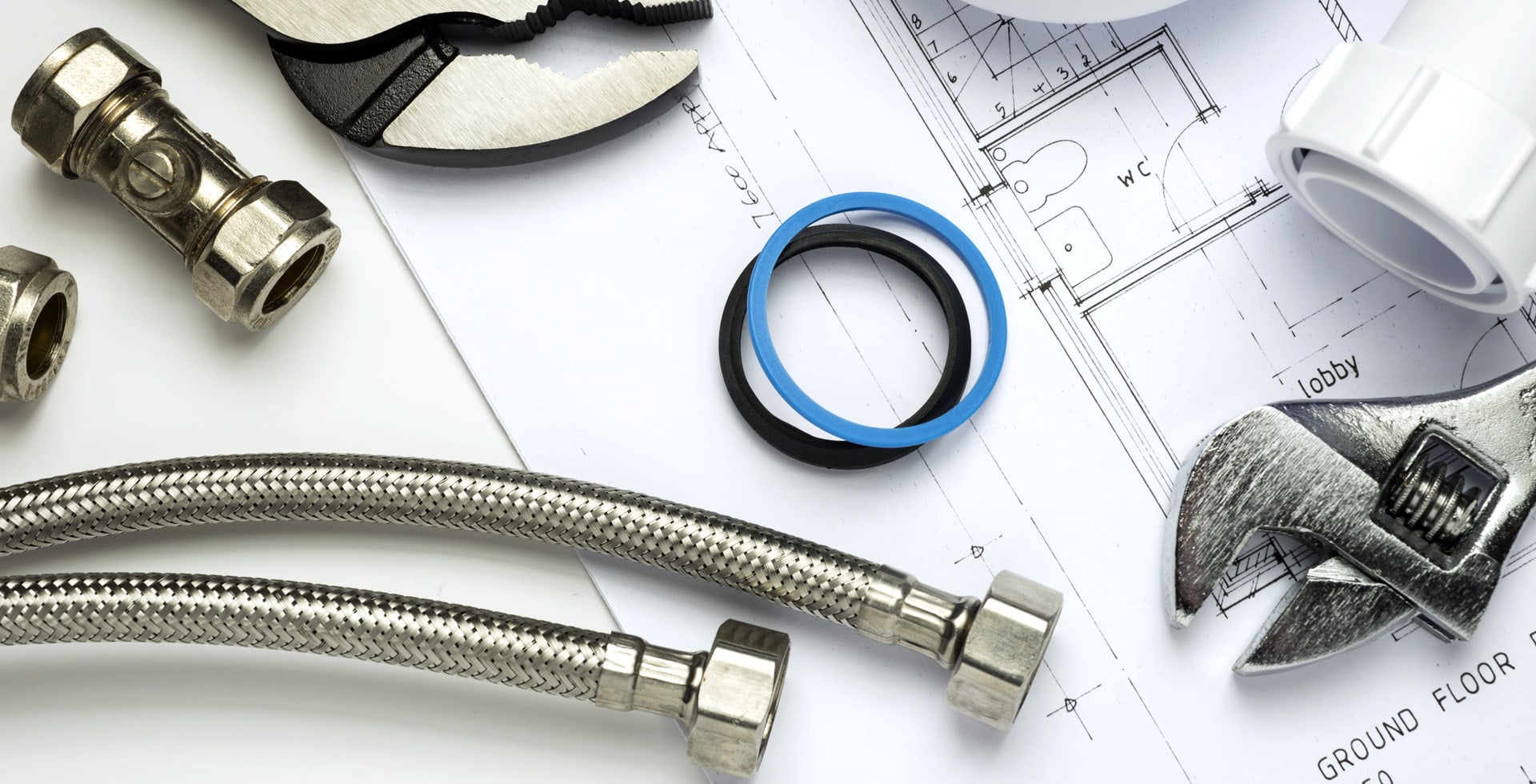“`html
How to Avoid Paint Peeling on Drywall
Paint peeling on drywall can be a frustrating issue for homeowners. It not only compromises the appearance of your walls, but it can also indicate underlying problems that need to be addressed. Fortunately, there are several steps you can take to prevent paint peeling and ensure a long-lasting, beautiful finish for your drywall surfaces. This article will provide you with essential tips and best practices to keep your paint looking fresh and intact.
Understanding the Causes of Paint Peeling
Before discussing how to prevent paint peeling, it’s essential to understand its common causes. Recognizing these factors can help you tackle the problem effectively:
- Moisture Issues: Excessive moisture can weaken the bond between the paint and the drywall, leading to peeling.
- Dirty Surfaces: Grease, dust, or oils on the surface can prevent paint from adhering properly.
- Improper Painting Techniques: Skipping important steps such as priming or not allowing adequate drying time can cause peeling.
- Incompatible Paints: Using oil-based paint over latex paint (or vice versa) can create a weak bond.
- Temperature Fluctuations: Extreme temperature changes can affect how paint adheres to surfaces.
Best Practices to Prevent Paint Peeling
To prevent paint peeling on drywall, follow these best practices during the preparation, painting, and maintenance phases:
1. Proper Surface Preparation
The key to a successful paint job begins with thorough preparation. Here’s how to prepare your drywall surface:
- Clean the Surface: Remove dirt, grease, and dust using a mild detergent solution. Rinse and let it dry completely.
- Address Existing Peeling: If you have existing peeling areas, scrape away loose paint and sand the surface smooth.
- Repair Drywall Imperfections: Fill in any holes or cracks with joint compound and sand until smooth.
2. Choose the Right Primer
Using a quality primer can enhance paint adhesion and help prevent peeling. Consider these factors when selecting a primer:
- Type of Primer: Use a primer specifically designed for drywall if painting new surfaces. For previously painted walls, choose a stain-blocking primer to prevent discoloration.
- Application: Apply primer evenly and allow it to dry completely, following the manufacturer’s instructions.
3. Select Quality Paint
Investing in high-quality paint can make a significant difference in durability and adherence. Here are some tips for choosing paint:
- Type of Paint: Choose a paint type appropriate for the room’s moisture level. Semi-gloss or satin finishes work well in kitchens and bathrooms.
- Brand Reputation: Select paint from reputable brands known for quality and performance.
4. Follow Proper Painting Techniques
Adhering to standard painting practices will contribute to a successful finish. Consider the following techniques:
- Apply Even Coats: Avoid thick coats; instead, apply multiple thin coats for better adhesion.
- Use the Right Tools: Choose brushes and rollers suited for the type of paint you are using.
- Allow Adequate Drying Time: Follow the manufacturer’s recommendations for drying times between coats.
5. Monitor Environmental Conditions
Environmental conditions play a crucial role in paint adhesion. To minimize issues, consider the following:
- Temperature: Aim for a temperature range of 50°F to 85°F during painting, as extreme temperatures can affect curing.
- Humidity Levels: Ideally, keep humidity below 70% to reduce the risk of moisture-related issues.
- Ventilation: Ensure the area is well-ventilated, promoting dry air circulation and faster drying times.
Proper Maintenance of Painted Walls
Once you’ve painted your drywall, ongoing maintenance is vital to prevent paint peeling. Here’s how to care for your painted surfaces:
- Regular Cleaning: Clean your walls occasionally using a damp cloth or sponge; avoid harsh cleaners that may strip paint.
- Check for Moisture: Regularly inspect for signs of water damage or moisture issues, particularly in high-humidity areas.
- Touch Up as Needed: Address chips or scratches promptly to prevent further damage.
Conclusion
Paint peeling on drywall is a common issue that can be avoided with proper preparation, quality materials, and correct application techniques. By understanding the causes of peeling, selecting appropriate primers and paints, and maintaining painted surfaces, you can achieve a beautiful and durable finish. Following these guidelines not only enhances the appearance of your space but also protects your investment and prolongs the life of your paint job.
“`

